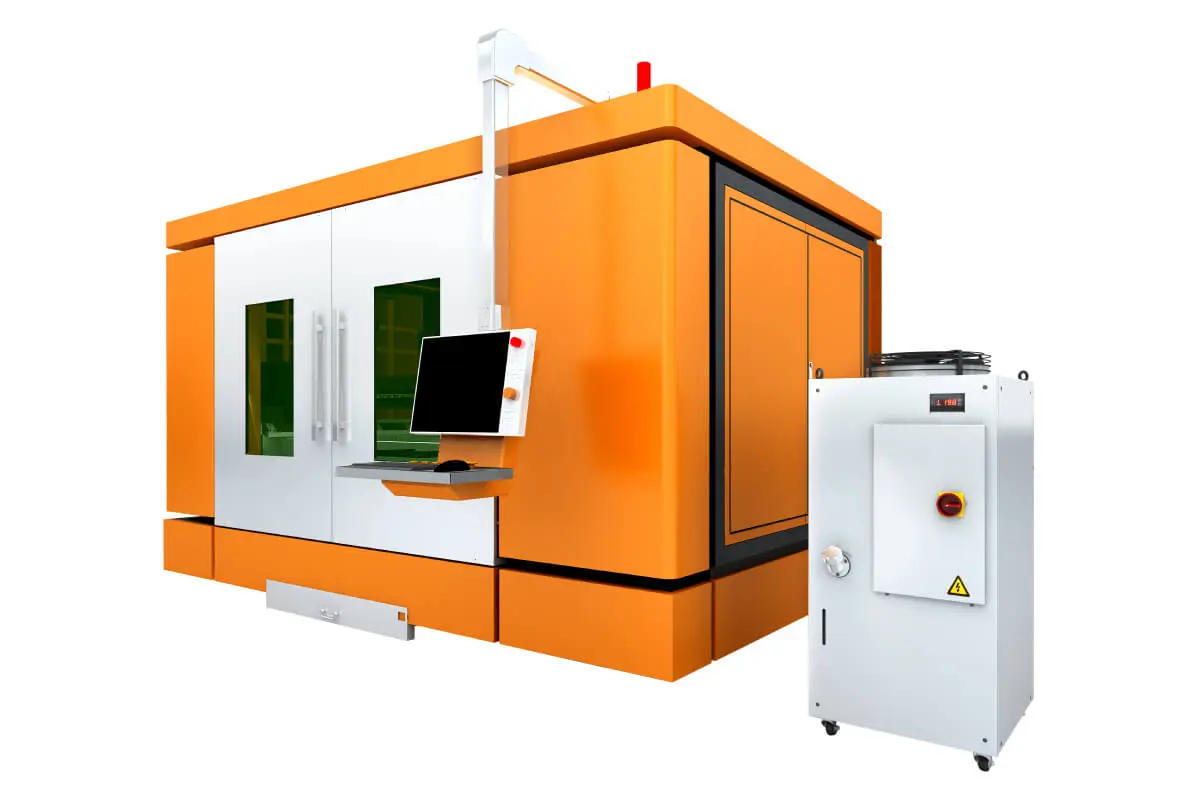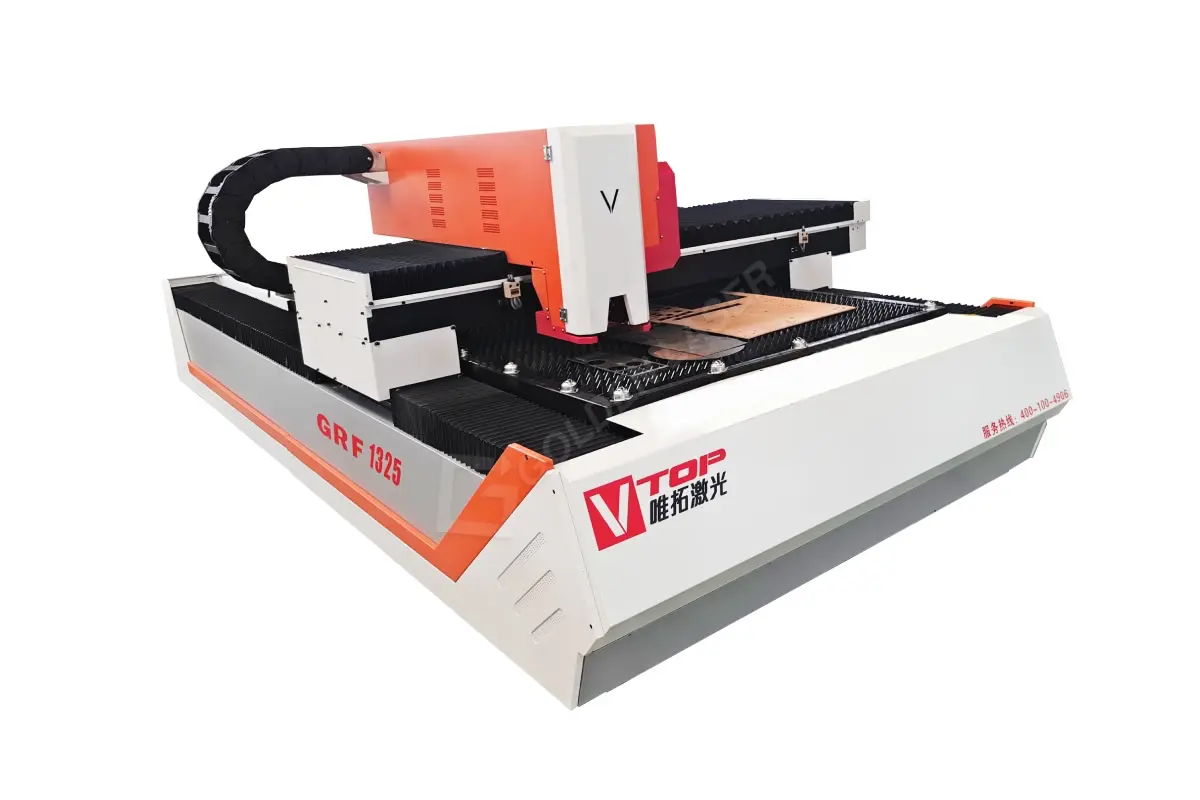
Exploring the Advantages and Applications of Laser Welding Machines in Modern Manufacturing Processes
In the ever-evolving world of manufacturing technology, laser welding machines have emerged as a revolutionary tool that enhances the efficiency, precision, and quality of various industrial applications. Unlike traditional welding methods, laser welding utilizes concentrated beams of light to join materials, allowing for more controlled and refined welding processes. This article will delve into the numerous advantages of laser welding machines and highlight their significance across multiple sectors, including automotive, aerospace, medical device manufacturing, and electronics.
The Mechanism of Laser Welding

Exploring the Advantages and Applications of Laser Welding Machines in Modern Manufacturing Processes
At its core, laser welding involves directing a high-intensity laser beam onto the workpiece to create a weld. The energy from the laser beam melts the materials at the joint, allowing for the formation of a strong bond as the molten material solidifies. Depending on the application, different types of lasers can be used, such as fiber, CO2, or Nd:YAG lasers, each offering unique benefits. The ability to focus the laser beam down to a minuscule spot size can achieve extremely precise welds, often in areas that would be difficult or impossible to reach using traditional welding methods.
Advantages of Laser Welding Machines
1. **Precision and Accuracy**: One of the standout features of laser welding is its ability to create highly precise welds with minimal heat input. This precision reduces the likelihood of warping or distortion in the materials being joined, a common issue in traditional welding processes.
2. **Speed and Efficiency**: Laser welding machines operate at significantly faster speeds compared to their traditional counterparts. This speed translates to higher production rates, allowing manufacturers to meet increasing demands without sacrificing quality.
3. **Clean and Reduced Heat Affected Zone (HAZ)**: The process generates minimal spatter and is less likely to contaminate the materials involved. Furthermore, the narrow heat-affected zone minimizes the changes in material properties around the weld, preserving the integrity of the surrounding areas.
4. **Versatility**: Laser welding is highly versatile and can be used on various materials, including metals, plastics, and ceramics, making it suitable for numerous applications. Additionally, it can join thin and thick materials alike, adapting to various manufacturing needs.
5. **Automation and Integration**: Modern laser welding machines can be easily integrated into automated manufacturing systems. This integration allows for enhanced operational efficiency and can be combined with other processes, like laser cutting, for streamlined production lines.
Applications in Different Industries
**Automotive Industry**: Laser welding plays a critical role in automotive manufacturing, where precision and strength are paramount. It is used for joining components such as body panels, battery housings, and other structural parts, often reducing weight and improving safety features.
**Aerospace Sector**: In aerospace, the requirement for lightweight yet high-strength materials is crucial. Laser welding machines allow for the joining of advanced materials like titanium and aluminum alloys, critical for aircraft components, while ensuring the highest safety standards.

Exploring the Advantages and Applications of Laser Welding Machines in Modern Manufacturing Processes
**Medical Device Manufacturing**: The medical sector relies on laser welding for the assembly of intricate devices such as surgical instruments, implants, and diagnostic equipment. The precision offered by laser welding ensures the creation of reliable and sterile medical products.
**Electronics**: As the electronics industry continues to evolve towards miniaturization, laser welding machines offer the ability to join delicate components without overheating or damaging sensitive parts. This capability is vital for manufacturing smartphones, computers, and other electronic devices.
Conclusion
As industries increasingly prioritize efficiency, quality, and precision, laser welding machines are becoming indispensable tools in modern manufacturing. Their unique advantages, ranging from speed and precision to versatility and cleanliness, make them ideal for a wide array of applications across various sectors. As technology advances and becomes more accessible, we can anticipate further innovations in laser welding processes that will continue to revolutionize how manufacturers approach welding tasks, ensuring high-quality results and optimized production capabilities. Adopting laser welding technology is no longer just an option; it is becoming a necessity for companies aiming to stay competitive in today’s fast-paced manufacturing landscape. Laser Cutting Machine For Automotive Parts



